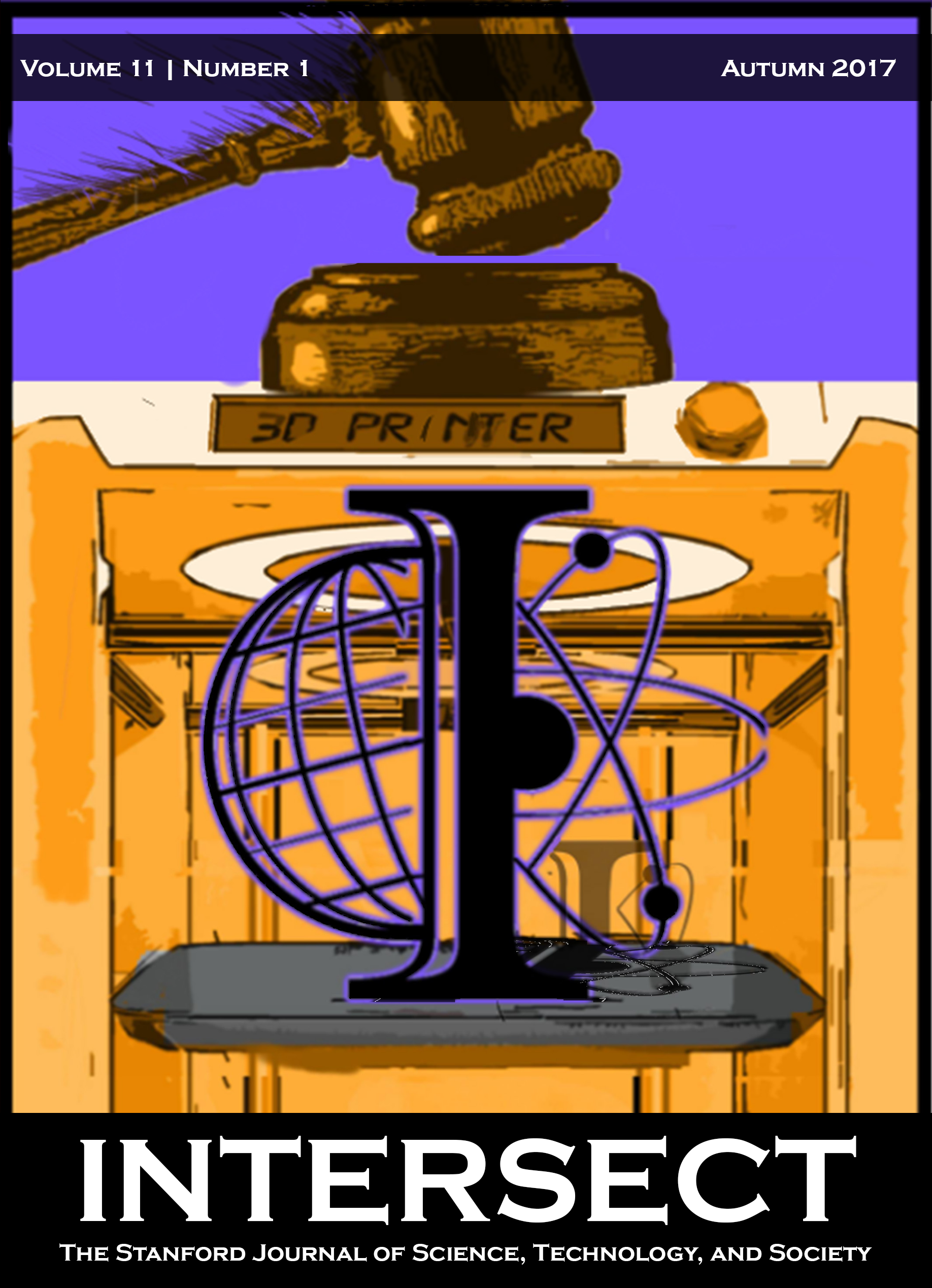3D Printing and the Law
The legal implications of our third industrial revolution
Abstract
Heralded as the 'third industrial revolution' (Markillie, 2012), the rise of 3D printing has attracted both anticipation and controversy in recent years. Whilst many look forward to the era of mass customisation where products are free of tariffs and shipping costs, others are wary of its potential to undermine our legal framework. The cost of 3D printers first fell under US$10,000 in 2007 (3D Printing Industry, 2016), and as the price continues to fall, an unprecedented capacity has opened up for such technology to empower individuals in a decentralised economy, especially those who used to be unable to obtain certain products due to high costs or governmental control. 3D printing, therefore, challenges archaic Laws based on a different economic model - industrial production. Despite its capacity to transform our legal landscape, disproportionately few academic analyses have been dedicated to exploring the legal implications of 3D printing. This paper will explore the intersection between 3D printing, Intellectual Property, Gun Laws, Product Safety and Privacy, before concluding with a proposal to amend the Law.
Downloads
Published
Issue
Section
License
Authors who publish with this journal agree to the following terms:- Authors retain copyright and grant the journal right of first publication with the work simultaneously licensed under a Creative Commons Attribution License that allows others to share the work with an acknowledgement of the work's authorship and initial publication in this journal.
- Authors are able to enter into separate, additional contractual arrangements for the non-exclusive distribution of the journal's published version of the work (e.g., post it to an institutional repository or publish it in a book), with an acknowledgement of its initial publication in this journal.
- Authors are permitted and encouraged to post their work online (e.g., in institutional repositories or on their website) prior to and during the submission process, as it can lead to productive exchanges, as well as earlier and greater citation of published work (See The Effect of Open Access).

